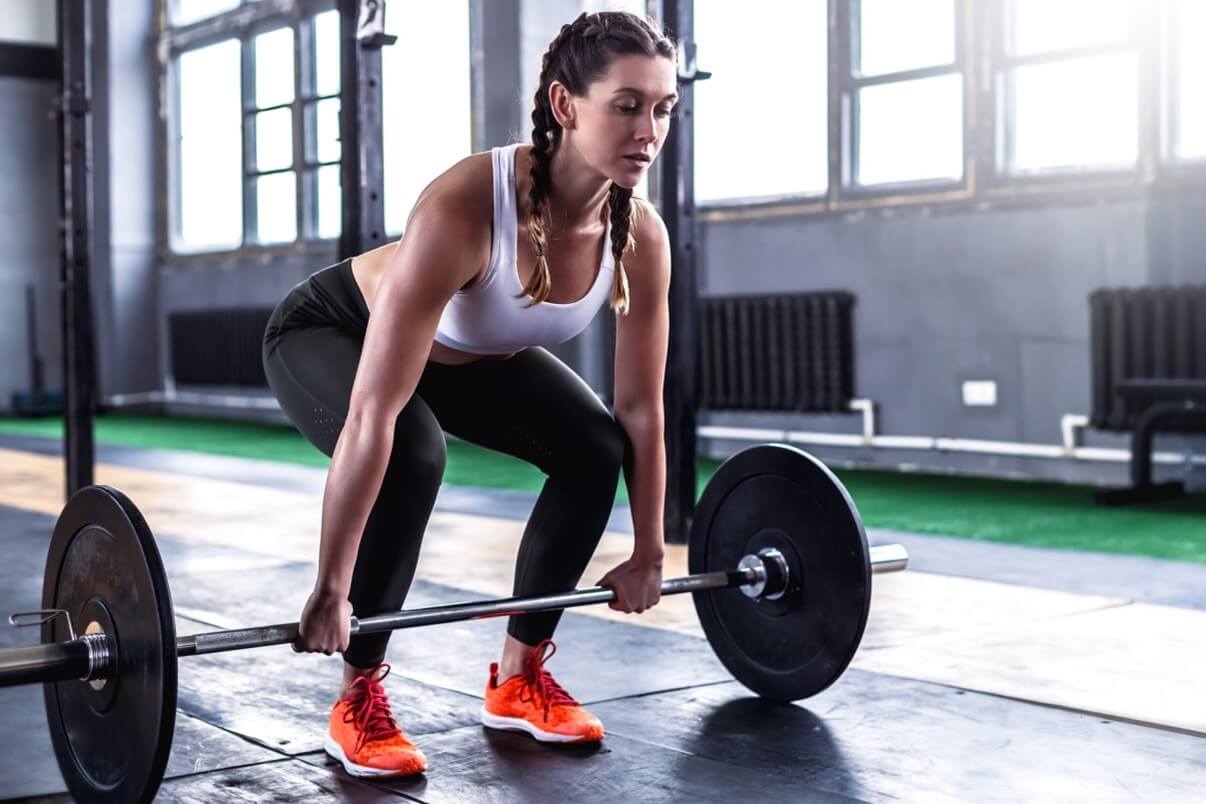What Is Title IX?
Title IX is the section of the Education Amendments Act of 1972 that prohibits sex discrimination at educational institutions that receive federal funds. At the time, the vast majority of college students were male. Although this landmark piece of legislation makes no specific reference to athletics, it ultimately became the legal basis for women’s access to sports in education.
Success for Female Athletes Today
Title IX set the wheels in motion for the development of women’s sports as we know it. We’ve come a long way since Smith College students played their first “hoops” game in 1893, wearing bloomers and blouses. The game now known as basketball had been invented just two years earlier in nearby Springfield, Massachusetts.
While Smith’s Physical Education Director Senda Berenson was enthusiastic about exploring this new game to promote exercise for her students, she was steadfast against intercollegiate competition. Fast forward to 2022, when the NCAA women’s basketball championship pulled in 4.85 million viewers, making it the most-watched college basketball game (played by men or women) in over a decade.
Some key milestones that led to the inclusion of females in school athletics and paved the way for the success of today’s female athletes were:
- June 23, 1972 – Title IX of the Education Amendments of 1972, sponsored by Rep. Patsy Mink, is passed and signed into law.
- February 17, 1976 – The NCAA files a lawsuit that challenges the legality of Title IX, which is ultimately dismissed.
- July 21, 1978 – This date marks the compliance deadline for high schools and colleges to meet the Title IX athletics requirements.
- May 4, 1980 - Oversight of Title IX is given to the US Dept. of Education through the Office for Civil Rights.
- April 2, 1990 – “Title IX Athletics Investigator’s Manual” is published by the Office for Civil Rights to help athletics departments with compliance.
- February 26, 1992 – The Supreme Court rules that monetary damages can be awarded for Title IX violations.
Needs of the Female Athlete
While many female athletes get their start in school sports as children, some go on to compete at the highest levels—on professional sports teams and in global competitions like the Olympics. No matter where a woman is on the competition spectrum, as a female athlete, she has unique nutritional needs that must be addressed.
Protein
Female athletes have to meet their basic energy needs to compete effectively. Beyond this, there is research suggesting they can further optimize protein intake based on their menstrual phase. During the luteal phase, for example, protein and fat metabolism increase, which is linked to greater caloric expenditure. This means protein demands may be higher in the luteal phase than in the follicular phase.

